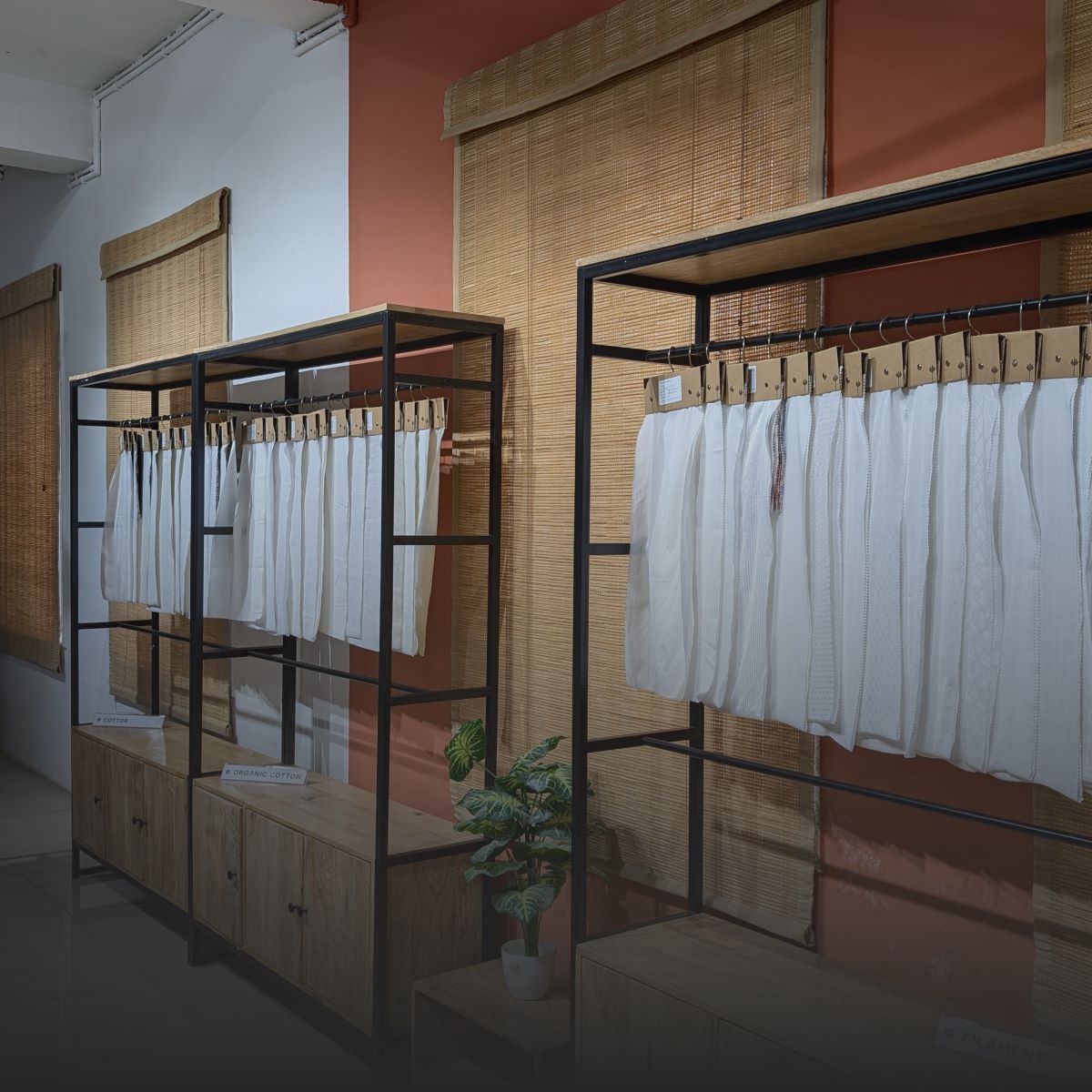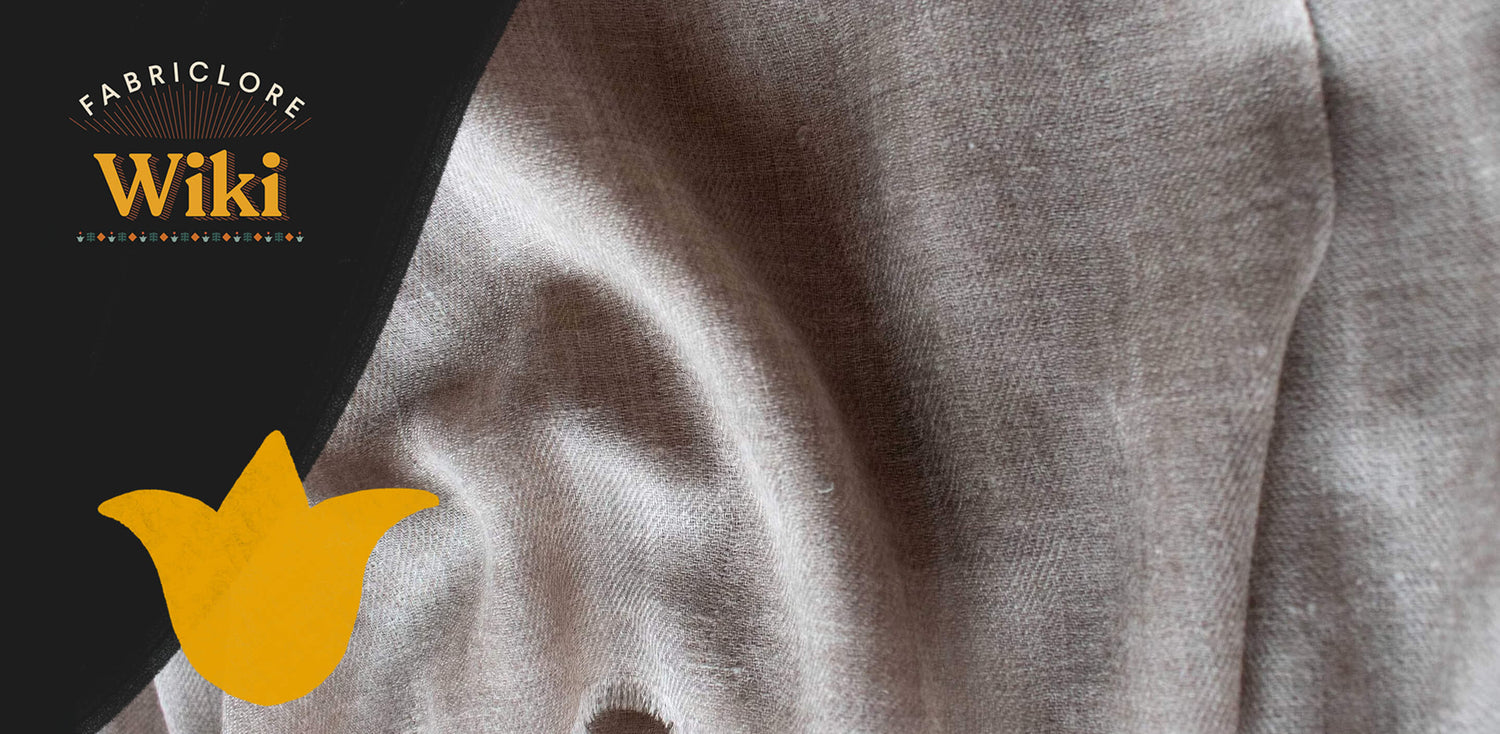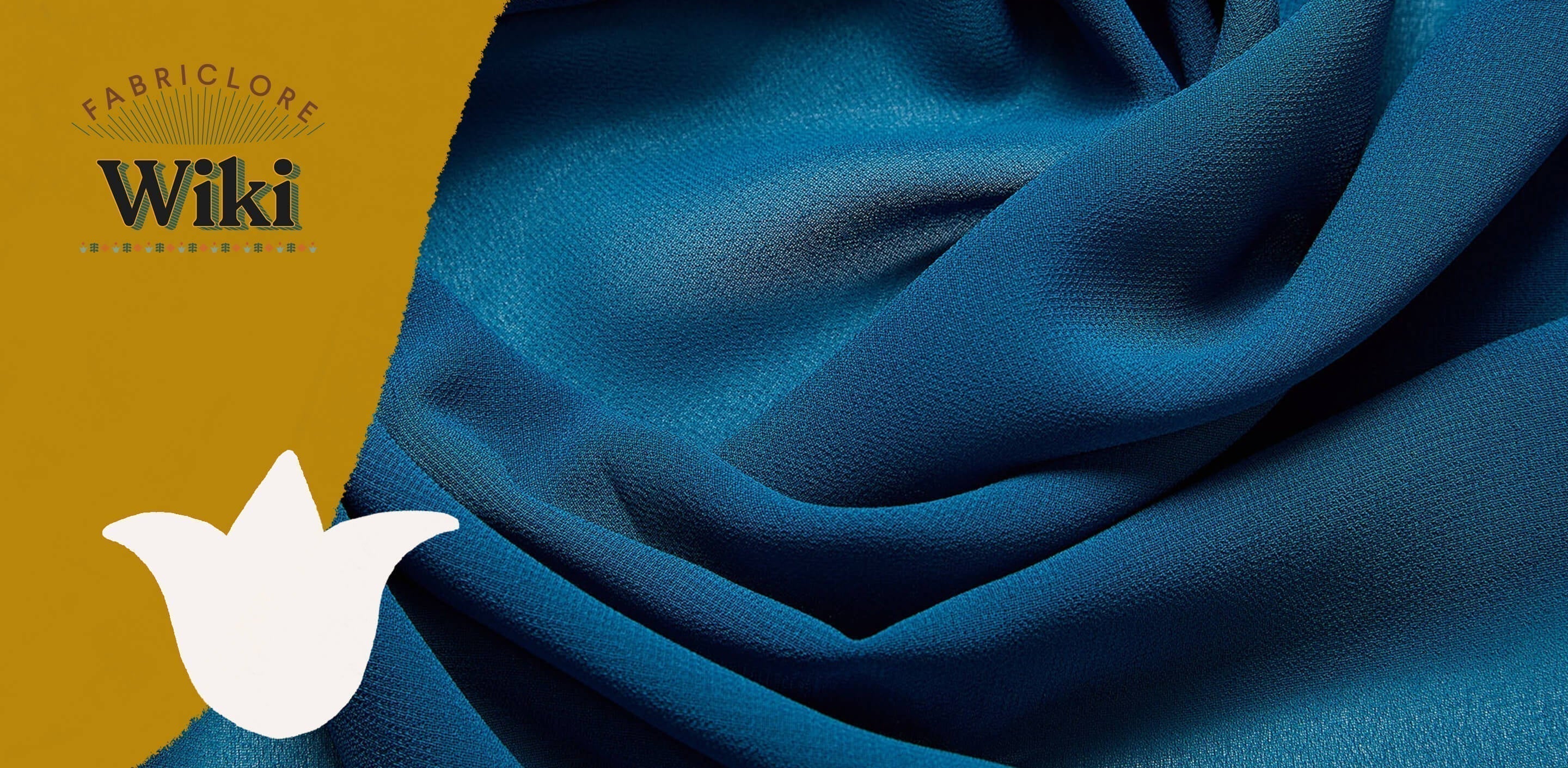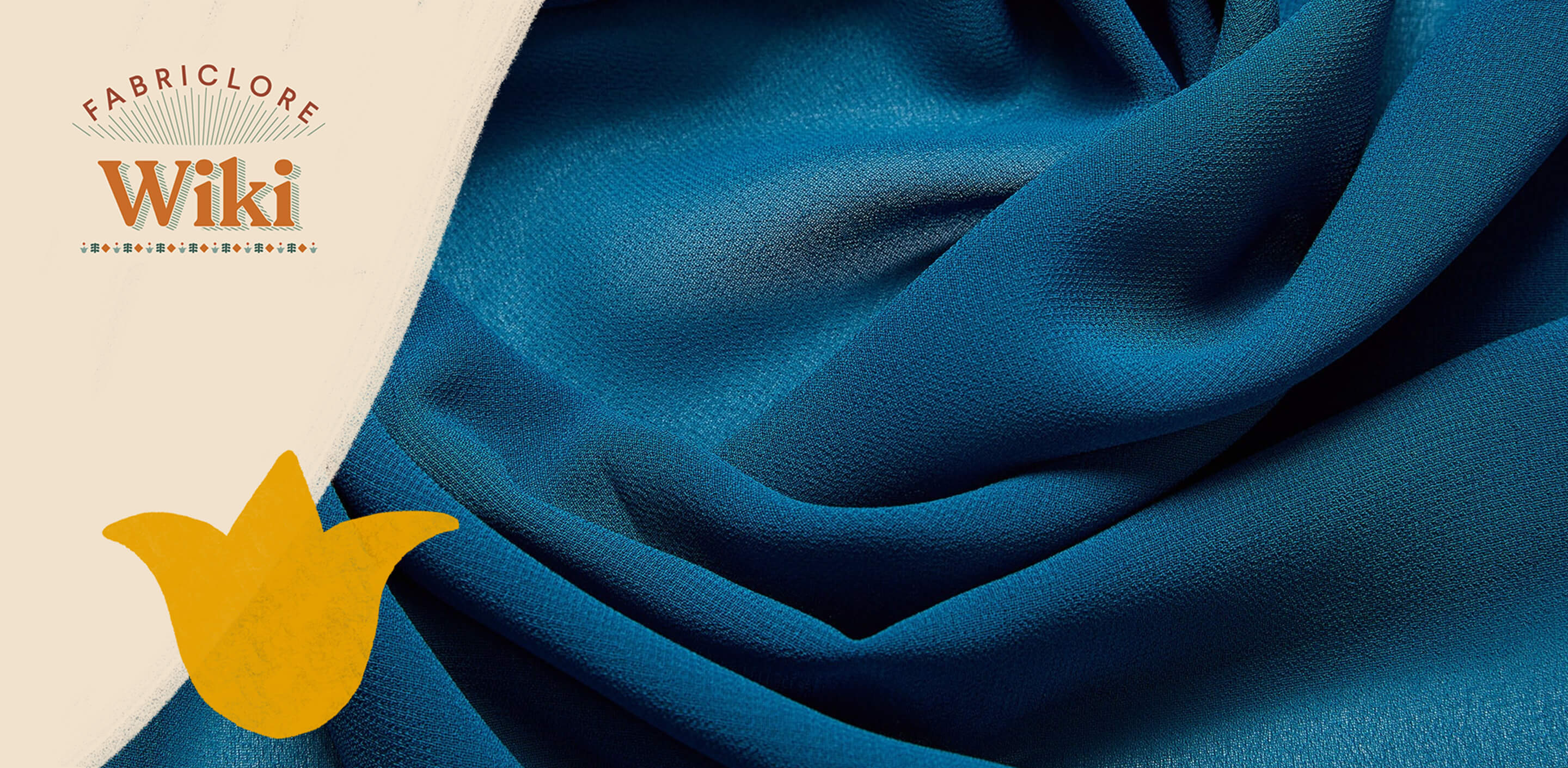Introduction
Shahtush is more than just fabric; it is legendary in textiles. Shahtush is one of the oldest and most expensive fabrics ever made. It is known as the King of Wool. From its roots in the Indian region, where it has been loved for a long time for being unbelievably soft, light, and warm.
Mughal rulers and Kashmiri royalty first wore it, but now the world's elite also like to wear it. People have been seen wearing Shahtush scarves even today, including notable figures like Queen Elizabeth II and Princess Diana and Indian icons like Rajmata Gayatri Devi. This shows how vital the fabric has always been. Let's talk about this subject in more depth;
Origin & History

Shahtush originates from Persian, where 'Shah' translates to king and 'Toosh' refers to wool—an appropriate designation for a fabric historically exclusive to emperors and nobility. Throughout history, it has been essential in the Indian subcontinent. During the Mughal era, rulers gave Shahtush shawls as gifts to important people and foreign diplomats.
During the time of the colonies, these blankets became status symbols for British nobility. British aristocrats and colonial rulers developed a deep respect for Shahtush shawls, which raised their status even more. A Shahtush piece is more than just a luxury item; it represents high social rank, cultural heritage, and the highest level of craftsmanship.Source of the Wool
Shahtush wool comes from the undercoat of the Tibetan antelope, also called the Chiru—a shy and endangered species that lives 14,000 feet above sea level on the Himalayan plateau. Unlike sheep or goats, the Chiru cannot be domesticated. The only way to obtain its downy wool is by killing the animal, which has led to international bans and strong conservation laws.
While once collected and woven in Kashmir by master artisans, today, Shahtush's making is illegal and ecologically unsustainable.
Unique Properties Of Shahtush
What rendered this wool the pinnacle of luxury?
- Gauze-like Texture: Extremely sheer and delicate, frequently transparent.
- Extremely lightweight: Capable of passing through a finger ring—hence the designation ring shawl.
- Unmatched Insulation: Although lightweight, it retains heat more effectively than most wools.
- Remarkable Softness: Finer than Pashmina; velvety to the touch, devoid of itchiness.
- Natural Hues: Generally a muted grey-brown, although it can be colored while retaining luster.
These attributes rendered Shahtush a coveted material for its texture and the skill required in its production.
What Makes It Stand Out

Shahtush is the rarest and most luscious wool known to humankind. Unlike the best cashmere or pashmina, it achieves an unachievable balance of imperceptible lightness and tremendous warmth.
It's unique because:
- It is thought to be the best animal fiber in the world.
- It feels old, expensive, and unique.
- In the past, only kings and nobles wore them.
- It is revered around the world even though it is illegal.
Application And Usage

Because it is so fine, Shahtush was never used to make everyday clothes. Craftspeople in Kashmir could carefully weave it into blankets, scarves, and stoles. Traditional handlooms were used to make these items, and they often had elaborate paisley or floral designs that made them both expensive clothes and art.
They were passed down from generation to generation as heirlooms and were loved for their beauty and cultural meaning. Shahtush was often given as a gift at weddings, diplomatic visits, and royal celebrations, and it was a sign of wealth and power.
- Used for shawls, scarves
- Handwoven with intricate motifs
- Heirloom pieces passed down
- Gifted during weddings, celebrations
- Symbol of wealth, status
Cultural Significance
Shahtush shawls were a sign of wealth, tradition, and social status in Kashmir. They were essential to wedding trousseau, royal wardrobes, and interactions between countries.
People considered them treasures to be passed down from generation to generation because they were strong and kept you warm without adding much weight.
People often wore Shahtush blankets to:
- Weddings
- Rituals for ceremonies
- Formal royal events
- Rituals of giving gifts among aristocrats
Shahtush is a symbol of beauty, fragility, and being alone in poems and folklore. Some families still value their grandmother's Shahtush shawl more than anything else.
Legal Status And Conservation Issues
The Tibetan antelope is now considered endangered, so it is banned to hunt it in India and many other countries. The Shahtush trade is against the Convention on International Trade in Endangered Species (CITES). In places like the USA and UK, it is illegal to own, sell, or move Shahtush items.
The Indian Wildlife Protection Act's Schedule I also makes owning or selling this animal illegal. Environmentalists say that these rules have helped Chiru numbers slowly get better.
Ethical And Environmental Concerns
There is no cruelty-free way to obtain Shahtush is the truth.
Three to five Chiru antelopes have to be killed for each rug. Because of this, animal rights groups and ethical fashion movements have pushed hard for the ban, starting a talk about conscious luxury worldwide.
At this point, Shahtush is stuck between his legacy and his duty.
Modern Alternatives
Fortunately, there are numerous luxurious yet ethical alternatives available today:
- Pashmina, sourced from Himalayan goats, is known for its softness, warmth, and cruelty-free qualities.
- Cashmere is renowned globally for its combination of affordability and elegance.
- Alpaca Wool offers a luxurious softness and is hypoallergenic, featuring a beautifully silky texture.
- Sustainable Blends: Bamboo viscose, modal, and recycled synthetics provide a soft, cruelty-free experience while minimizing environmental impact.
At Fabriclore, we are dedicated to sourcing and promoting ethical fabrics, seamlessly blending craftsmanship with a sense of responsibility.
Shahtush In The Black Market
The ban has led to genuine Shahtush trading in the black market, with prices varying between $10,000 and $40,000 for each shawl.
Some are fake—often Pashmina presented as Shahtush. Some are cherished heirlooms that have been smuggled or traded without proper authorization.
Collectors should take caution: Even vintage items may result in fines or confiscation.
How To Identify Real Shahtush (If Encountered Legally)
This is how experts tell if you're working with a legal vintage item:
- Ring Test: It slides through a ring without any trouble.
- Gauzy and sheer: see-through when held up to light
- It's soft but warm; it's warmer than it looks.
- Microscopy: Tests in the lab show that Chiru's hair is fantastic.
- Note: In most countries, owning or selling Shahtush is against the law, even if it is an old family treasure.
Care Instructions

Here's how to keep Shahtush safe for the few people who are officially allowed to have it:
- Only dry clean: don't use water to clean.
- Store flat: in cedar-lined boxes or cotton muslin bags.
- Avoid Moisture: Keep it in cool, dry places to avoid getting wet.
- Not in the sun: Keep fibres from yellowing and getting damaged.
The fabric can get worn even with gentle touch, so treat it like the valuable rare item that it is.
Conclusion
Shahtush is an excellent example of superb textile craftsmanship and deep national pride. It raises crucial questions in a world where ethics and sustainability affect design.
As fabric lovers, makers, and designers, we must honor the art and protect the people whose lives it affects. The story of Shahtush shows that real grace in the modern world comes from being unique and caring about right and wrong.
If you like Shahtush's beauty, you might want to look into eco-alternatives that combine beauty with morals.
FAQs
1. Is it legal to buy or own a Shahtush shawl?
No, you can't buy or own Shahtush in most places in the world. This includes India, the USA, and CITES countries.
Wildlife protection rules say that you can't trade or own the wool because it comes from killing the endangered Tibetan antelope (Chiru).
If owners don't properly record their Shahtush shawls, even old or inherited ones, they could be breaking the law. Because Shahtush has moral and environmental effects, law enforcement treats it like illegal goods.
2. How can I tell if a shawl is the real Shahtush or just Pashmina?
The very fine and delicate fibres make it hard to tell if something is real Shahtush. You can use the popular ring test to help you figure out if a shawl is right, but it's not always accurate. Shahtush is warmer than any other wool and feels like gauze. It's almost as light as a straw.
For real identification, microscopic fibre analysis is often needed in a lab. This is because fakes often use fine Pashmina and pass it off as Shahtush. Because of the law and the ban, checking the authenticity is less about collecting and more about raising knowledge about conservation.
3. Why is Shahtush banned?
Shahtush is mostly banned because of where it comes from. The wool comes from the rare Tibetan antelope, which is also called the Chiru. Because these animals are not pets, they have to be killed to get the fine underfur, which is wrong in both moral and natural ways.
In the late 20th century, there was a huge drop in the number of Chiru because of hunting. This was done to meet the growing demand for Shahtush. All kinds of trade in Shahtush are now illegal because of CITES rules and attempts to protect the species from going extinct.
4. What is the difference between Shahtush and Pashmina?
Even though both are soft and warm high-end wools, there are some important differences:
- Shahtush is more rare, lighter, and finer. Its fibres are so fine that they can be used to make a blanket that is almost see-through but still very warm.
- Pashmina, which comes from the Changthangi goat in Ladakh, is also soft and warm, but it is taken in a humane way by combing the goats while they are moulting.
- Pashmina is legal and cruelty-free, which makes it the best choice for environmentally conscious shoppers and fashion brands that care about the environment.
5. What are the best alternatives to Shahtush today?
As people become more aware of ethics and the environment, more luxurious and soft options have come up that are similar to Shahtush without the cruelty:
High-quality Pashmina: It is widely available and well-known in high-end markets because it is ethically sourced and handmade.
Cashmere: Softer than regular wool and is often used in high-end winter fashion.
Alpaca Wool: Wool from alpacas is known for being soft and long-lasting, and ethical brands love it.
Eco-certified wool blends: Fashion designers who care about the environment often use eco-certified wool blends, which are eco-friendly materials that strike a balance between luxury and duty.
These options make sure that ethics, tradition, and luxury can all live together in modern fashion.
We also happen to be a magnet for suggestions, and would love to catch yours….throw us yours on hello@fabriclore.com




